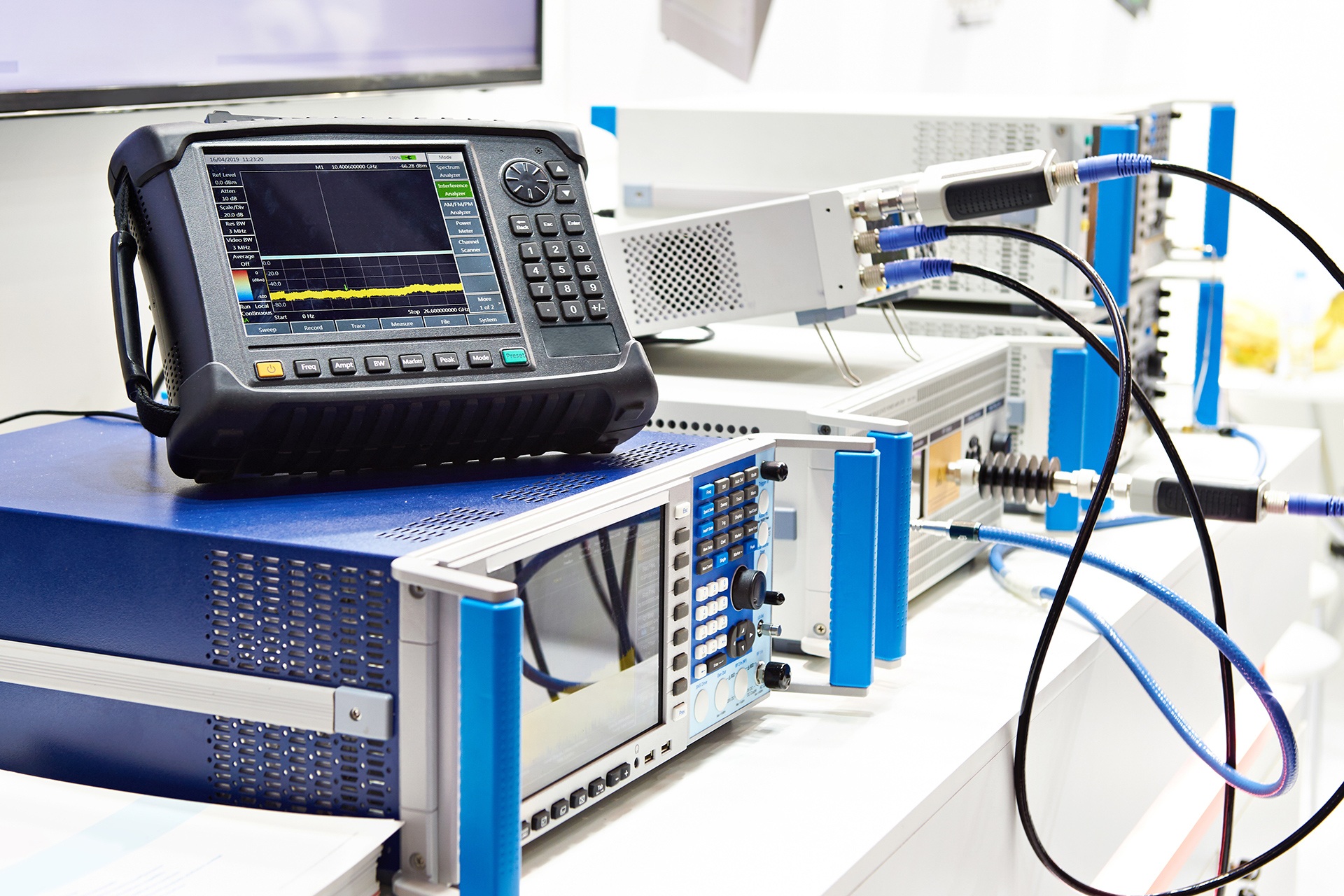You've probably listened to the terms calibration, verification, and modification used mutually in your work environment, but they're actually 3 distinct procedures that serve various objectives in maintaining measurement accuracy. If you are in charge of quality assurance or instrument management, mixing up these concepts might cause compliance concerns, pricey errors, and unstable data. Comprehending when to make use of each process-- and why-- can transform exactly how your organization comes close to measurement integrity and governing compliance.What Is Calibration and Why Does It Matter?Precision drives every trustworthy measurement system, yet even the most advanced instruments drift from their intended accuracy in time. That's where calibration becomes essential.You're essentially contrasting your test and measurement instruments versus understood recommendation criteria to identify their accuracy. This process doesn't include making changes-- it's totally regarding recording just how your equipment performs against developed benchmarks.Calibration issues since it makes sure measurement traceability to nationwide standards, which is important for maintaining quality in your procedures. When you collaborate with approved calibration laboratories following ISO IEC standards, you're establishing self-confidence in your data.This documentation ends up being vital for governing compliance and quality assurance programs. Unlike verification or adjustment, calibration supplies the foundational understanding regarding your instrument's present performance status.The Role of
Verification in Quality Assurance While calibration informs you just how your instrument carries out, verification confirms whether that efficiency meets your specific requirements.You'll use confirmation as a quality control checkpoint to guarantee your instruments preserve appropriate precision levels between formal calibration services. This process involves contrasting your instrument's dimensions against understood criteria to validate it's still operating within your recognized tolerances.Unlike accredited calibration, verification does not require considerable documentation
or certifications. You're merely validating your testing instruments have not wandered beyond acceptable limits.This structured process aids you capture measurement problems early, preventing expensive quality issues downstream. By implementing regular verification routines, you'll keep self-confidence in your measurement process while prolonging intervals in between official calibrations.Verification serves as your very first line of defense in preserving measurement integrity.When and How to Do Instrument Adjustments When your confirmation results show measurements dropping outdoors appropriate tolerances, you'll require to do instrument changes to restore accuracy.These adjustments entail physical or digital alterations to your measuring equipment to bring readings back within specifications.Before making modifications, you'll want to recognize the origin of deviations with organized troubleshooting.Document all modification procedures and confirm results instantly afterward.If your instruments call for complicated adjustments past your capabilities, call accredited instrument calibration services or calibration and repair services.Professional high quality calibration services offer ISO IEC accredited calibration with detailed customer services support.They'll perform exact modifications using certified reference standards, ensuring your precision dimensions fulfill industry requirements.Key Differences In between These Three Essential Processes Although these 3 procedures work together to ensure measurement precision, calibration, confirmation, and modification
offer clearly different purposes in your quality assurance system.Calibration services develop traceability by contrasting your measuring equipment
against accredited recommendation criteria, commonly performed by approved calibration laboratories following ISO 17025 requirements.Verification confirms your laboratory instrument meets defined resistances without making adjustments, essentially examining if it's still within acceptable limits.Adjustment includes physically customizing your equipment's setups to deal with deviations and bring back accuracy.You'll require certified calibration for lawful compliance and precision dimensions, confirmation for routine quality checks, and change only when measurements wander past specifications.Quality calibration services deal with the complicated traceability requirements, while you can usually execute confirmation and change in-house for your test and measurement activities.Best Practices for Execution in Your Organization Considering that your organization's measurement precision depends upon systematic read more application, you'll require to develop clear protocols that specify when and how to execute calibration, verification, and change activities.Start by partnering with accredited calibration services that satisfy your industry's compliance needs. Create recorded treatments defining measurement intervals, precision resistances, and choice standards for each and every process.Train your group to recognize
when confirmation confirms appropriate efficiency versus when change ends up being necessary. Implement a durable metrology management system that tracks instrument backgrounds and routines precautionary maintenance.Establish clear functions and obligations, ensuring team recognize these aren't interchangeable processes.Following these ideal methods

guarantees your organization maintains measurement stability while enhancing expenses and decreasing downtime via calculated execution of all three essential processes.Conclusion You'll accomplish optimal instrument efficiency by executing calibration, verification, and adjustment as complementary processes rather than standalone activities. Do not treat them mutually-- each serves an unique function in your quality management system. You're constructing measurement confidence via calibration's traceability, verification's validation, and modification's precision improvements. Begin recording these procedures methodically, and you'll keep regulatory compliance while preventing pricey quality problems that might impact your organization's track record and profits.